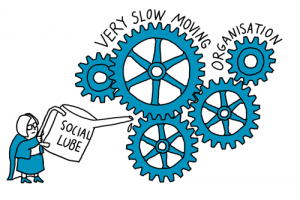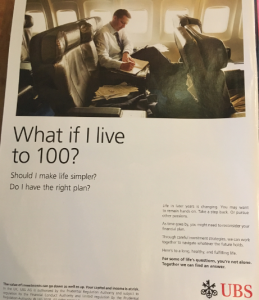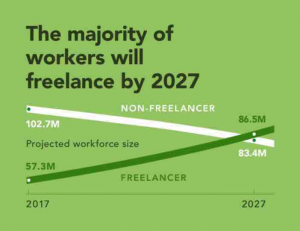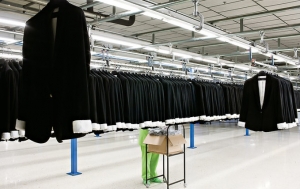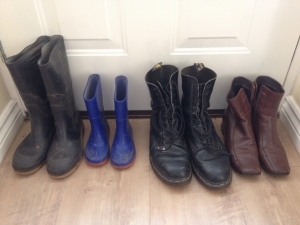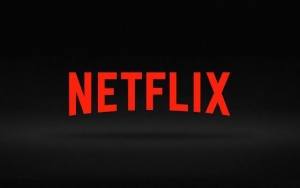Technology is a tool that should empower us to reach more people and bind us together, connecting communities, workplaces and ideas. Although technology helps create great individual experiences, social interaction is a basic need and fundamental part of humanity, and we must encourage against people locking themselves away in their rooms for hours on end, especially at meal times.
As part of this humanisation endeavour, here is an interesting story to share: a law firm research revealed that the senior management profile pages (usually found under About Us) of its website were the most visited. So the firm decided to turn up the spotlight, including the addition of video interviews with its lawyers which included answering unconventional questions!
The message was: you wont find corporate stuffed shirts here; we are real people who value relationships with other real people. I like that. Put technology to use as a platform to inject some personality into our companies and humanise what we do. It’s about people. It always is.

